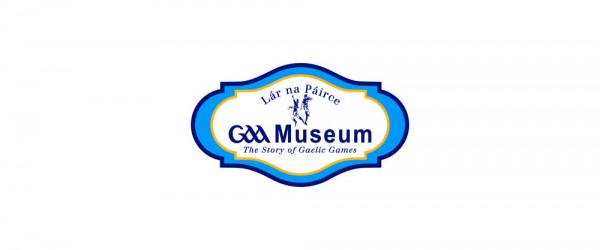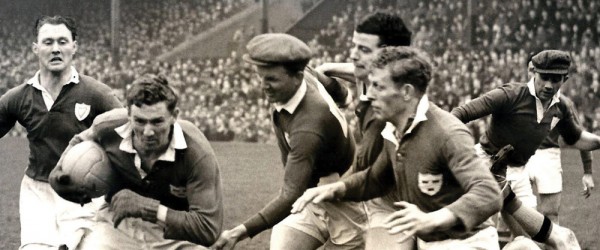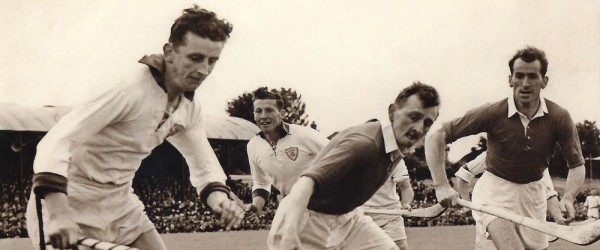Not many players have won senior hurling Munster and All-Ireland honours with both Tipperary and Cork. Yet that was a record enjoyed by Mick Leahy in a career that began in the years before his sharing in Tipperary’s 9th All-Ireland victory in 1916 and ending by being part of Cork’s 11th All-Ireland victory in 1931.
A member of a Boherlahan family of which four brothers won senior All- Irelands with Tipperary between 1916 and 1930, he worked in Thurles from a young age and his early club games were with Thurles Emmets which he captained to an Intermediate county title in 1915; and in the same year he was on the Tipperary team which won a junior All-Ireland. He was on the Tipperary panel which defeated Kilkenny for the senior title in the following year and which was defeated by Dublin in the famous All-Ireland final of 1917.
Having gone to work as manager of Wren’s Hotel in Cork in 1919, he became a member of the legendary Blackrock team which dominated Cork hurling during the Twenties and with whom he won eight county championships. His hurling career was for a time interrupted by the effects of a gunshot wound on the night when the centre of Cork was burned by British forces in 1920. Answering a pounding on the door of the hotel, he was asked his name and was shot at point-blank range by one of a marauding band of Black and Tans.
He rejoined Tipp in 1926 and was part of the Tipp team which spent twelve weeks on a highly publicised tour of the United States. On the team’s return from the American tour they locked horns with Cork in three epic games in the Munster championship during which he found himself playing against many of his Rockies team-mates. These were the games which are said to have begun the pattern of huge crowd attendances at Cork-Tipp games and they marked Mick Leahy’s last year with his native Tipp. He went on to win the 1928 All-Ireland with Cork and again with Cork when in 1931 they played three times to beat Kilkenny for the All-Ireland title.
He served for some time as secretary of the Blackrock club and up to the time of his death in 1950 he was a familiar figure at Munster championship and county club games. His pub near Cork’s courthouse was a well-known resort for GAA followers and its façade still bears the insignia of crossed hurleys.
Lár na Páirce
Museum of the GAA and Gaelic Games





